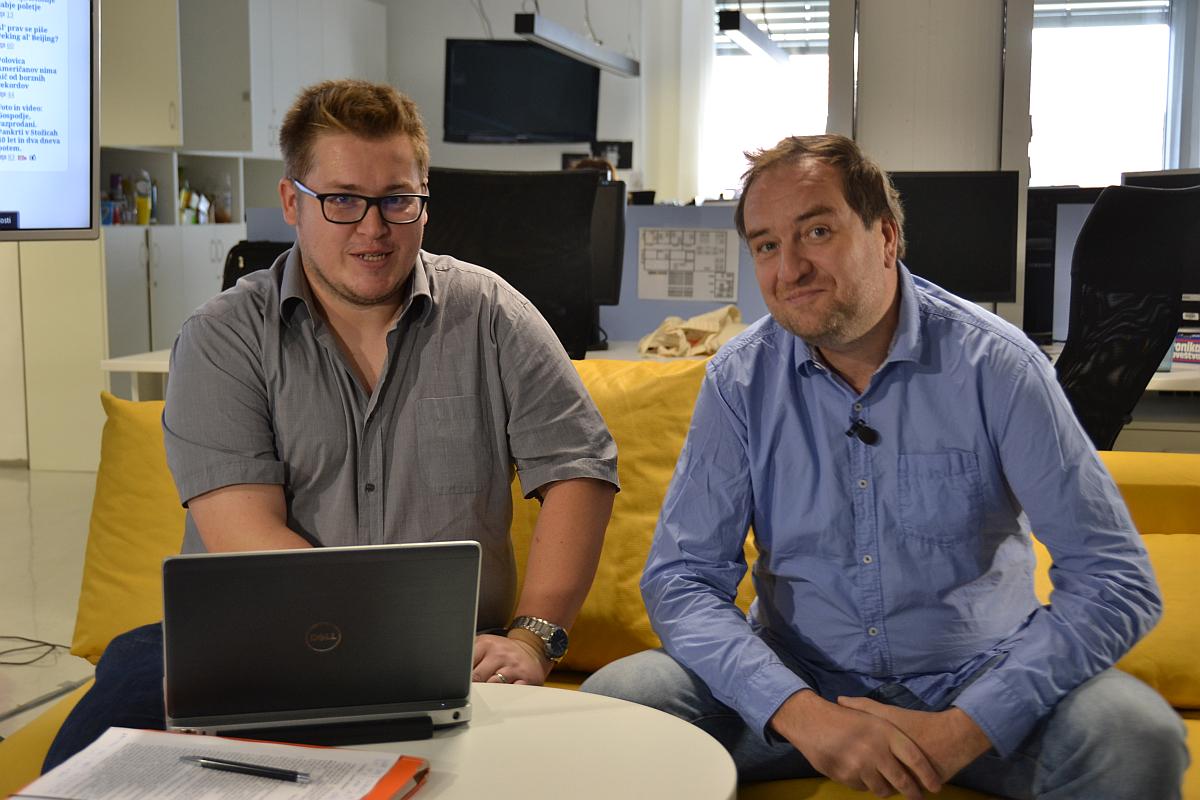The day after is the perfect time for analysis of the first round of the presidential election. Who won most votes in Murska Sobota and Koper? Who managed to get young people on their side? What about retirees? MMC reporter Slavko Jerič decided to get answers from Andraž Zorko of Valicon.
Numerous opinion polls conducted just before the election predicted a first-round win for Borut Pahor. However, Andraž Zorko says that he had cautioned before the election that a win for Pahor in the first round was not a foregone conclusion. "It turned out that I was right. My own polling never gave Pahor more than 50 percent of the vote," says Zorko.
Pahor had the least reliable voters
What was the reason? "Pahor has substantial support among the youngest voters, but they are also the least reliable part of the electorate. Šarec had more support among more reliable older voters," explains Zorko and adds that this is the reason why Šarec got more votes than expected.
This presidential election was also marked by an unusually low turnout. However, Slovenia is not an exception when compared to other Central and Eastern European countries, says Zorko.
The turnout is lower in the young democracies of the former Eastern Bloc because those countries don’t have the democratic tradition of nations such as France and Germany. Zorko also says that the Slovenian people’s trust in the political system is currently at its lowest point. The situation could only be overcome by an event that causes people to mobilize and head to the polls in greater numbers.
Turnout was substantially higher in the politically crucial 1990s, when Slovenia moved towards independence. “That generation was thrilled that it could vote. However, the older generations have been unable to pass that excitement on to the younger generations,” says Zorko. The number of eligible voters has also increased in Slovenia. From 1.5 million in the 1990s, that number has now grown to 1.7 million.
Virtually no negative campaigning
Zorko believes that negative campaigning doesn’t really exist in Slovenia. "Perhaps the news item about Šarec being raised in a foster family was a step in that direction, but since the story petered out so quickly, I imagine that those who launched it realized that it wouldn’t help them. Unless it was meant to garner sympathy for him. In Slovenia, negative campaigning never had any positive effects for those who attempted it, except when money is involved. In all other circumstances, we Slovenians tend to sympathize with the victim."
In this year’s campaign, the voters were addressed differently than before. There was no TV advertising and there were noticeably fewer billboards than in past campaigns. According to Zorko, everything moved into the digital domain, which is cheaper and more effective when done right.
Zorko expects a 63:37 final vote ratio
Zorko expects an even lower turnout in the second round – approximately 38 percent. "Based on the information that we now have, the turnout in the second round will not exceed 700,000. I expect it to be between 650 to 660 thousand. The ratio of the final votes will be 63:37 percent in Pahor’s favor. However, things can still change until then," says Zorko, who is remaining cautious.



































































